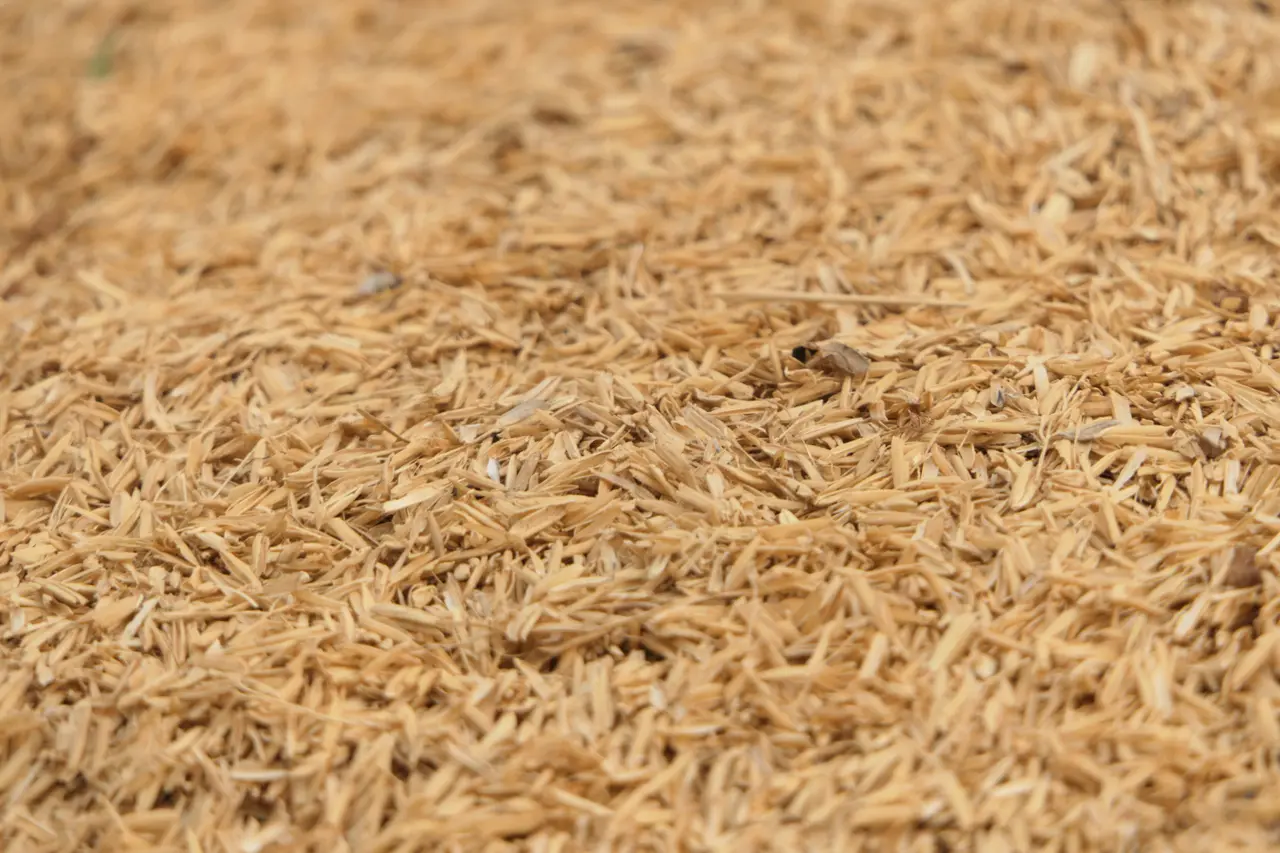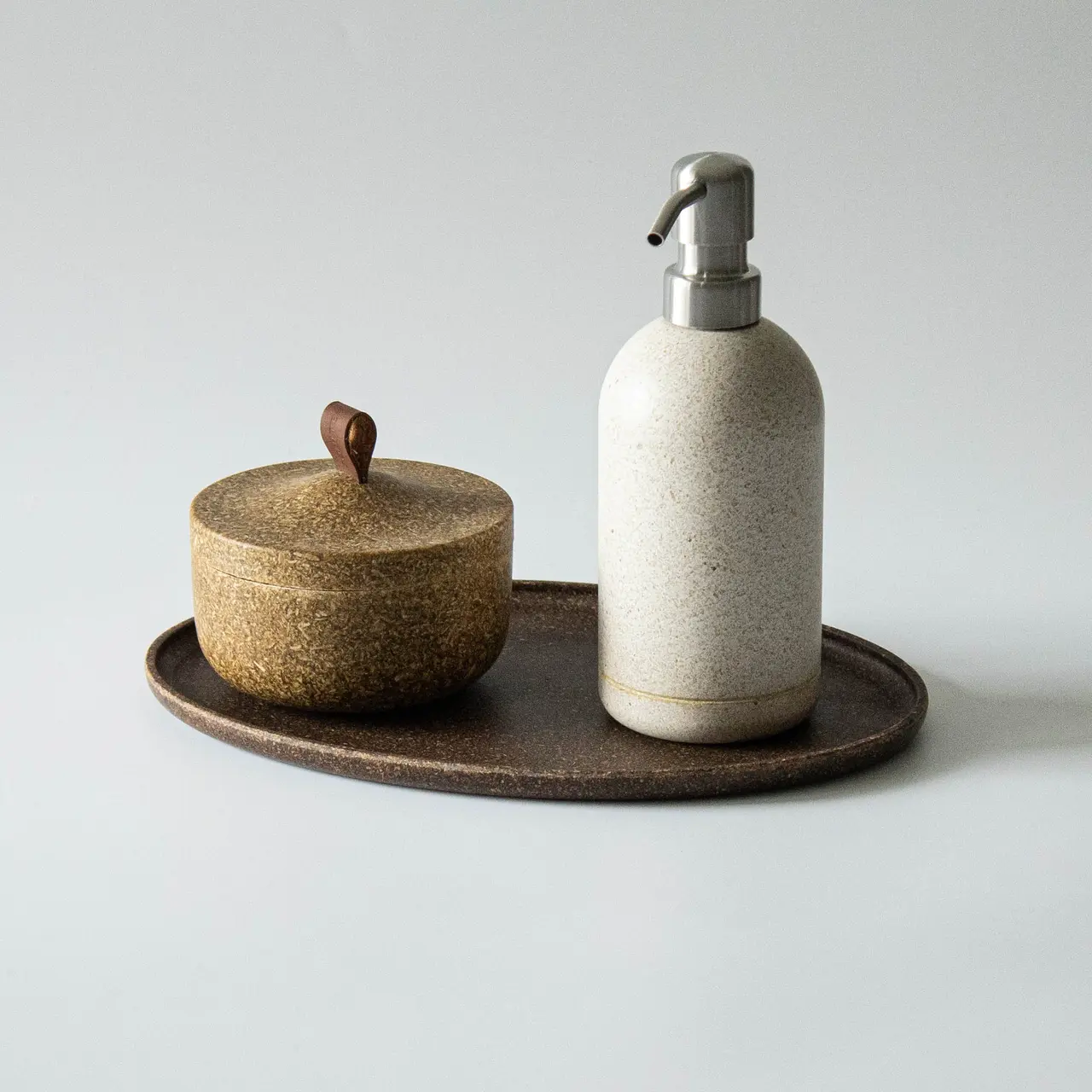
Why Rice Husk Should Be Your Next Green Material Choice
Rice husk, often considered a byproduct of rice milling, holds incredible potential as a sustainable material choice. This article will explore the various advantages of using rice husk, its applications, and how it can contribute to a greener planet. Embracing rice husk in various industries not only tackles waste but also provides innovative solutions that support eco-friendly practices.
Understanding Rice Husk: What Is It?
Rice husk is the hard protective covering of grains of rice, separated from the edible part during milling. This byproduct is often dismissed or burned, leading to unnecessary waste and pollution. However, it is time to shift our perspective on rice husk from being mere agricultural waste to a valuable resource that can contribute to sustainable material solutions. In fact, globally, rice production generates over 700 million tons of rice husk annually, highlighting its potential as a green alternative.
Each year, rice consumption is particularly significant in the ASEAN market, where it serves as a staple food for millions. Countries like Vietnam, Thailand, and Indonesia alone contribute to a substantial amount of the rice industry, with their combined production exceeding 100 million tons. As a direct result, the rice milling process generates vast quantities of rice husk that can be repurposed for various industrial applications, rather than ending up in landfills.
The Environmental Benefits of Rice Husk
One major environmental benefit of rice husk is its ability to significantly reduce carbon emissions. Research shows that utilizing rice husk in construction and manufacturing can lower greenhouse gases by up to 30%. When incorporated into concrete, for instance, rice husk ash not only replaces traditional cement but also makes the process more carbon-efficient. This transformative potential presents an incredible opportunity to improve overall sustainability in industries that are traditionally carbon-intensive.
Using rice husk for energy production is another excellent example of its environmental benefits. When burned efficiently, rice husk can replace fossil fuels, reducing reliance on non-renewable energy sources. This not only contributes to cleaner air but also helps tackle the urgent climate crisis by lowering the carbon footprint associated with energy production. Furthermore, studies indicate that the lifecycle carbon emissions of rice husk energy systems can be as much as 60% lower than conventional fuels.
Moreover, repurposing rice husk decreases environmental pollution. Instead of being incinerated or dumped, transforming it into usable products mitigates the negative impacts associated with waste disposal. With proactive strategies in place, utilizing rice husk can create a closed-loop system where resources are reused, which supports a more sustainable economy.
Innovative Applications of Rice Husk in Various Industries
Rice husk is making waves in multiple sectors due to its versatility. In the realm of construction, rice husk can be utilized to manufacture composite materials that are both lightweight and durable. These materials often perform better than traditional alternatives and can significantly reduce the environmental footprint of building projects. The use of rice husk in such applications demonstrates how this humble byproduct can contribute to innovative engineering solutions that are sustainable.
In the field of agriculture, rice husk is being employed as an organic soil amendment that improves crop yields while enhancing soil health. When added to the earth, it promotes aeration and retains moisture, which are essential qualities for robust plant growth. This natural functionality serves as a double win—boosting agricultural productivity while allowing farmers to reduce reliance on chemical fertilizers and harmful pesticides.
Additionally, rice husk finds use in the production of bio-composites and eco-friendly packaging solutions. As awareness regarding plastic pollution grows, industries are seeking more sustainable alternatives. Rice husk-based packaging not only reduces environmental harm but also showcases the potential of biobased materials in creating responsible consumer goods.

A prime example of this innovation is Bulbul’s rice husk homeware collection, which leverages the eco-friendly properties of rice husk to create sustainable and stylish home essentials. By integrating rice husk into their product designs, Bulbul not only reduces waste but also provides customers with durable, biodegradable homeware that aligns with their commitment to sustainability. This demonstrates how rice husk can be repurposed into functional and beautiful everyday items, pushing the boundaries of eco-conscious living.
Embrace Rice Husk for a Sustainable Future
In conclusion, rice husk emerges as a versatile and environmentally friendly material that holds great promise in various applications. Its benefits, from reducing waste to its unique properties, make it a smart choice for those seeking sustainable alternatives in their projects. By choosing rice husk, we can lead a collective movement towards greener practices and a healthier planet.



